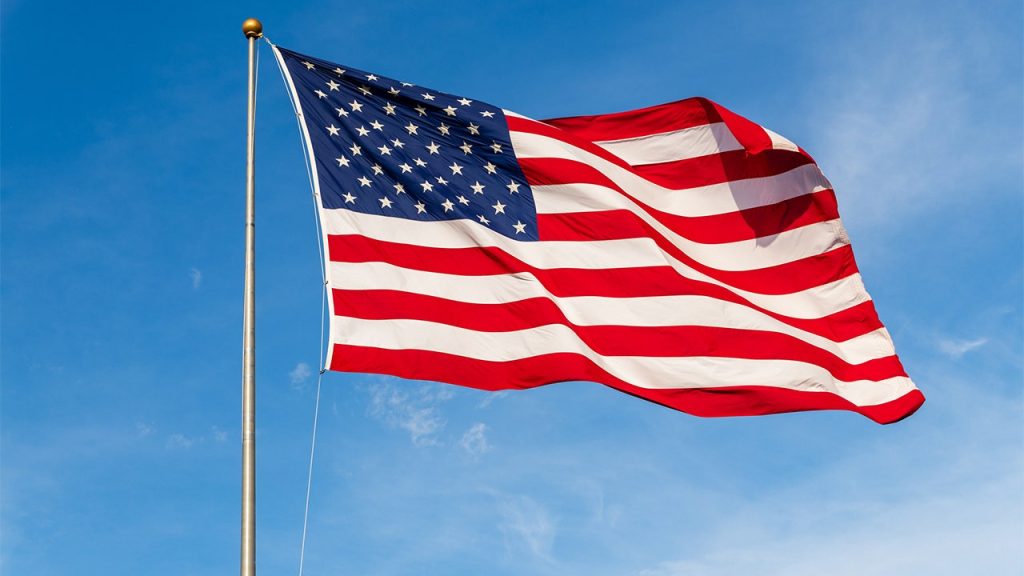The U.S. flag was adopted on June 14, 1777, by the Marine Committee of the Second Continental Congress. The flag features thirteen red and white stripes with a blue field of thirteen white stars, symbolizing the new constellation of states. It replaced the Grand Union Flag, the first national flag of the United States. Since its adoption, the design of the flag has undergone multiple changes, with the current 50-star flag officially adopted on July 4, 1960.
In 1912, President William Howard Taft issued an executive order clarifying the proportions and arrangement of the flag, as well as the direction of the stars. Prior to this order, the design of the flag was left to the discretion of the flag maker, resulting in various arrangements of stars and proportions. Flag Day is celebrated annually on June 14 in honor of the flag’s adoption. The first Flag Day celebrations reportedly took place in the 1860s, with sporadic observances continuing throughout the 19th century.
In 1949, President Harry S. Truman signed a bill declaring June 14 as “Flag Day,” officially recognizing and honoring the American flag. The flag has long been seen as a symbol of freedom and patriotism, representing the unique history and values of the United States. While some may view the flag as a source of pride and unity, others have used it to express dissent, such as the Supreme Court case Texas v. Johnson, where the court upheld the right of protesters to burn the flag as a form of symbolic speech.
The American flag holds deep meaning and significance for many, embodying the history and values of the nation. President Woodrow Wilson noted that the flag reflects the experiences and life of the American people, while George Washington described the symbolism of the stars and stripes representing the separation from Britain and the quest for liberty. Over the years, the flag has come to be a powerful and enduring symbol for Americans, evoking feelings of patriotism and pride in the nation’s heritage and identity.
Flag Day continues to be observed each year on June 14 as a way to honor the American flag and commemorate its adoption. Throughout history, individuals like Bernard J. Cigrand, considered the “Father of Flag Day,” have advocated for the importance of recognizing and celebrating the flag as a symbol of freedom and unity. The flag serves as a reminder of the sacrifices and struggles that have shaped the nation, as well as a source of inspiration for Americans to uphold the values it represents.













